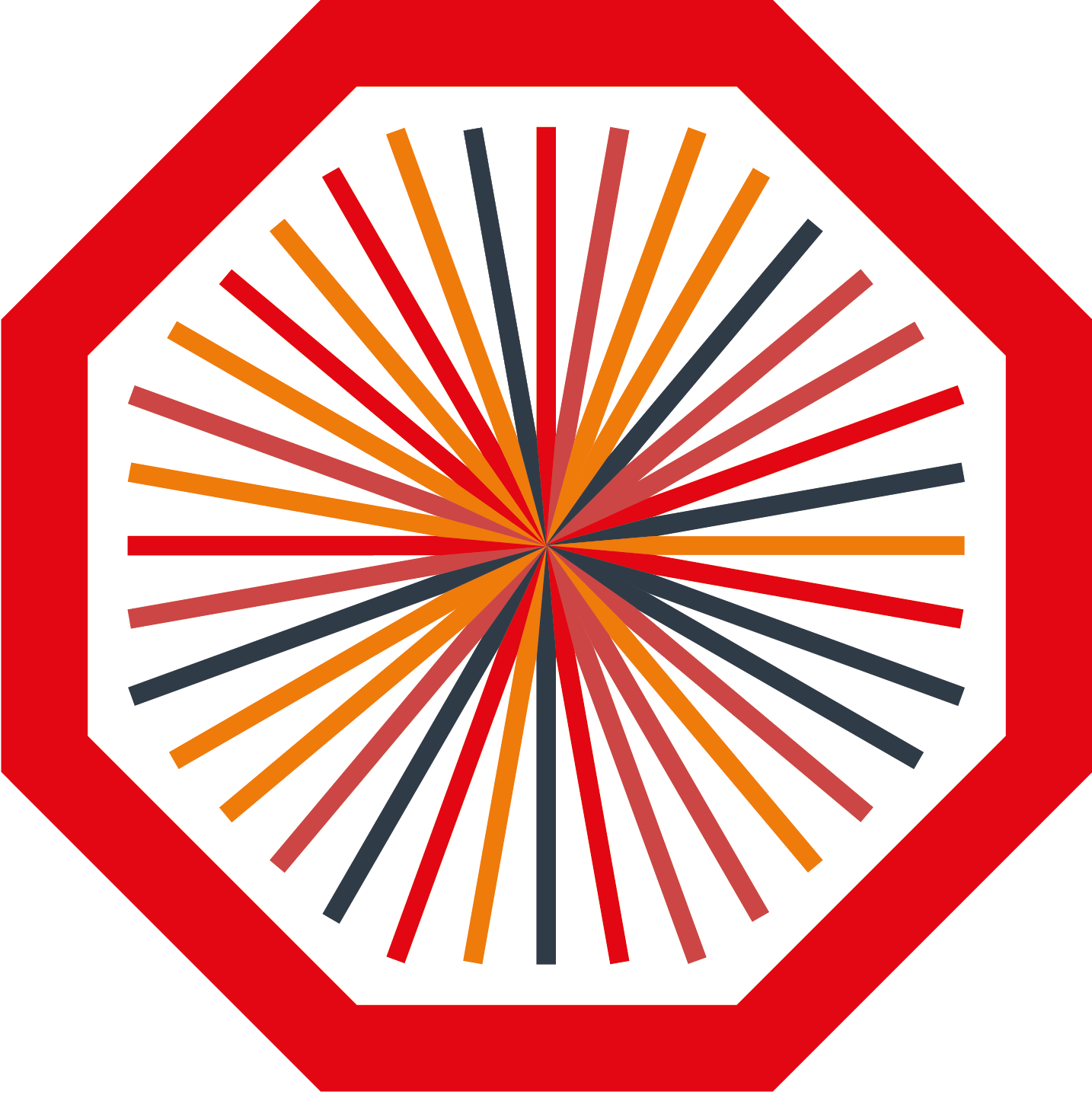In LHC LS2 (2019–2021), the ALICE Collaboration not only overhauled its detectors for Run 3 but also introduced major software-based innovations for data-taking. Chief among these developments was the ALICE software trigger programme, which introduces offline filtering strategy to ALICE for the first time. All raw collisions are first stored in a 150 PB disk buffer, allowing sufficient time for calibration and reconstruction before deciding which events are worth storing for further analysis. Within roughly two to four weeks, only those collisions deemed interesting to the collaboration’s physics goals are kept, while uninteresting data are discarded.
This approach has already demonstrated its impact. During the 2024 proton–proton data-taking campaign, ALICE recorded 53 pb⁻¹ of collisions—well over 190 PB of raw data—and selectively reduced it to around 8 PB of material for analysis. The rapid turnaround enabled the collaboration to release results in time for key conferences and effectively handle the unprecedented data volumes generated by the new detector setup. By merging fast offline reconstructions with targeted software selections, ALICE’s software trigger programme brings greater flexibility to the experiment’s data-taking strategy, ensuring that large datasets are processed swiftly and made available to analyzers for in-depth physics studies.
